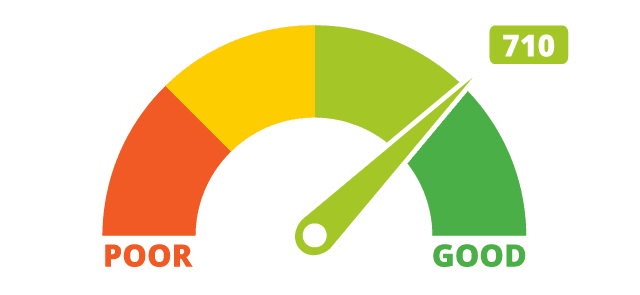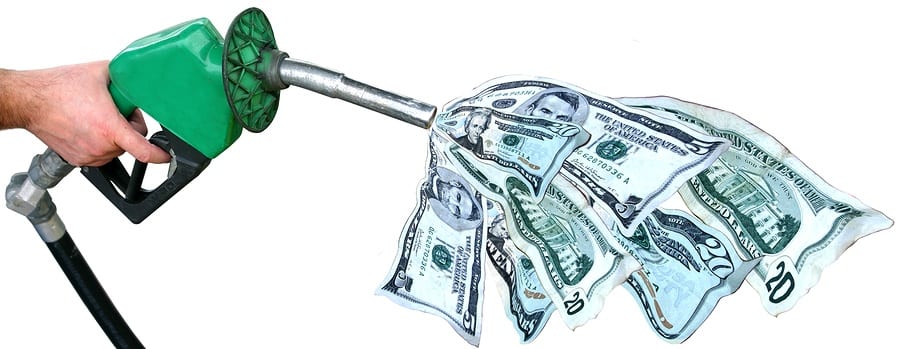Money gives people- both young and-old decision-making opportunities. Educating, motivating and empowering children to become regular savers and investors will enable them to keep more of the money they earn and do more with the money they spend. Everyday, spending decisions can have a far more negative impact on children’s financial futures than any investment decisions they ever make. When do you start? As soon as a child can count and begin to distinguish between coins, she’s ready for her first financial strategy: Don’t eat the money. Here’s how to teach about money at each stage. Toddlers and Preschoolers At this stage, children can sort money, learn their value and begin to understand how money gets converted into “things” 5-to 10-year olds By the time they start school; many children are ready to receive allowance. The goal is to give your child the oppurtunity to budget, spend and save his own money. Most experts agree allowance should not be linked with chores or grades. Extra money for special jobs such as cutting your lane is fine.
The amount of the allowance depends on which expenses the child is expected to pay, so sit down with your child and map out a weekly or monthly budget. One suggestion is to pay some amount of money for each week of the child’s age. You can encourage saving by dividing the allowance among piggy banks. Money in jar 1 can be spent on whatever the child chooses to like toys, books or any other thing. Money in jar 2 can be used for long term savings such as college fund. Money in jar 3 can be used for investments. Give the money consistently every week and don’t take it away as a form of punishment Age 11 to 14 Increase the child’s allowance and responsibilities each year, and provide opportunities to earn extra money from additional chores. Help your child save and talk about how they can save for what they want most. Give them lessons on investment Age 15 to 20 Start to set goals. Invite your child into family budgeting and planning discussions. Talk about short- and long -term goals , such as University education. Help your child achieve independence by opening a savings account with an ATM card. Encourage them to get jobs outside the home.
Include them in decisions about significant future events such as their education and how the family would pay for it. As children grow, they become more independent in many ways, including financially. in the tween and teen years, youths have more responsibilities to earn money on their own. From household chores to odd jobs for the neighbours, children may be enthusiastic about earning money. they begin desiring what their friends have; the latest electronic device, specific clothing, cell phone, music, etc. This may be time to expand his or her resources, a visit to the bank would teach about will teach about interest and saving options. Getting into the habit of depositing earnings into a savings account can help your child build a lifelong way of managing money. It is important that the teenager learns the importance of earning” their incomes just like mom and dad do. Try to raise your children right and teach them values, and while morals and ethics are important, it’s important to be sure that they learn about money and finances.





